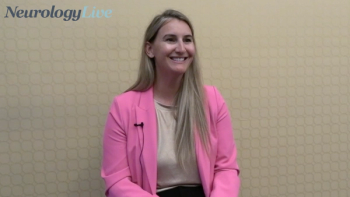
The executive director of the Association of Movement Disorder Advanced Practice Providers talked about the need for improved communication and trust of the patient-provider relationship in the field of movement disorders. [WATCH TIME: 3 minutes]

The executive director of the Association of Movement Disorder Advanced Practice Providers talked about the need for improved communication and trust of the patient-provider relationship in the field of movement disorders. [WATCH TIME: 3 minutes]
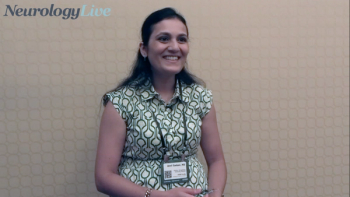
The assistant clinical professor of medicine at Medstar Georgetown University Hospital talked about her presentation at ATMRD where she covered various advanced therapies for managing Parkinson disease and essential tremor. [WATCH TIME: 5 minutes]

Approximately 83% of patients reported that they did not disclose to their provider that they experienced symptoms or had concerns about living with a movement disorder.
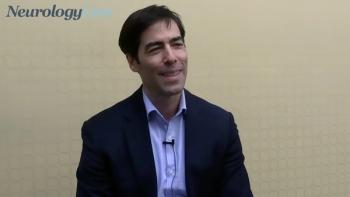
The director of movement disorders at the Banner Sun Health Research Institute talked about that although synuclein biomarkers have shown high sensitivity in identifying Parkinson disease, further studies are needed to address their limitations. [WATCH TIME: 3 minutes]

In recent analysis indicated that initiating apomorphine hydrochloride injection without antiemetic premedication was well-tolerated among patients with Parkinson disease.

An open-label phase 2b trial assessing ND0612 showed that the rate of treatment responders increased over a 12-month period among patients with Parkinson disease who experienced motor fluctuation.
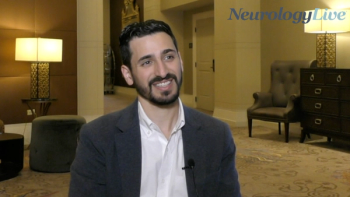
The director of the Movement Disorders Center at Baylor University Medical Center in Dallas, a part of Baylor Scott & White Health, talked about the dilemma of stratifying patients with Parkinson disease based on various criteria and emphasized the need for a consensus on classification. [WATCH TIME: 3 minutes]
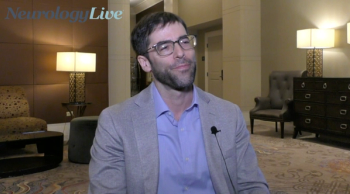
The director of movement disorders at the Banner Sun Health Research Institute talked about alternative approaches for treating essential tremor beyond medications, and developments in the diagnostic criteria for Lewy body disorders. [WATCH TIME: 5 minutes]
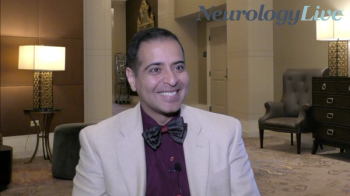
The professor of neurology and residency program director at MedStar Georgetown University Hospital spoke to the evolution of the utility of botulinumtoxins in the treatment of patients with Parkinson and other movement disorders. [WATCH TIME: 4 minutes]
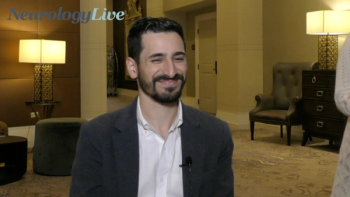
The director of the Movement Disorders Center at Baylor University Medical Center in Dallas, a part of Baylor Scott & White Health, discussed patient reluctance towards new treatments for Parkinson disease and the role of education in defining treatment expectations for patients. [WATCH TIME: 4 minutes]

The director of movement disorders at the Banner Sun Health Research Institute discussed the challenges in diagnosing atypical Parkinsonian disorders and the potential role of biomarkers in improving diagnostic accuracy. [WATCH TIME: 5 minutes]

The director of the Movement Disorders Center at Baylor University Medical Center in Dallas, a part of Baylor Scott & White Health, discussed the current state of treatment for Parkinson disease and gene therapy as a promising treatment for the management of the disease. [WATCH TIME: 5 minutes]
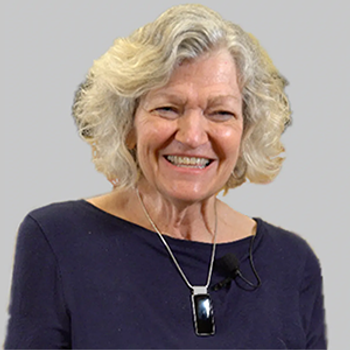
Clinicians must be armed with fact-based information on all treatment options especially newer medications and technologies—good clinical care must be both patient-centric and knowledge-driven.
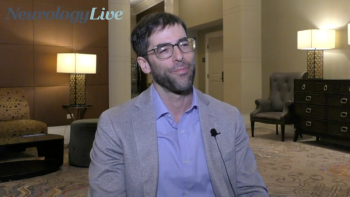
The director of movement disorders at the Banner Sun Health Research Institute talked about how research in essential tremor is revolutionizing the diagnosis and understanding of the movement disorder. [WATCH TIME: 5 minutes]

The director of the Movement Disorders Center at Baylor University Medical Center in Dallas, a part of Baylor Scott & White Health, talked about the evolution of treatment for Parkinson disease and the new promising therapies patients may seen over the coming years. [WATCH TIME: 3 minutes]

Mind Moments®, a podcast from NeurologyLive®, brings you exclusive interviews with Amit Bar-Or, MD; Gavin Giovannoni, MBBCh, PhD; Dayna Johnson, PhD, MPH, MSW, MS; John Winkelman, MD, PhD; Laxman Bahroo, DO; Ling Wan-Albert, OTD, OTR/L; Sara Pavitt, MD; and Ali Ezzati, MD. [LISTEN TIME: 28 minutes]

At ATMRD 2023, Lori DePorter, global ambassador for the PMD alliance, talked from the patient experience about the need for improved communication between care teams and support groups in Parkinson disease. [WATCH TIME: 3 minutes]
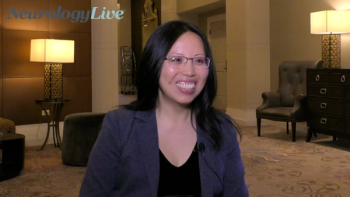
The assistant professor of occupational therapy at the New York Institute of Technology talked about educating patients with Parkinson disease about the importance of maintaining social participation for cognitive function at ATMRD 2023. [WATCH TIME: 5 minutes]
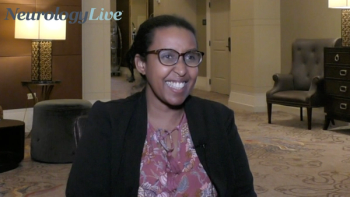
The nurse practitioner in the movement disorder division at Georgetown University Hospital discussed differences in available therapies for movement disorders versus multiple sclerosis and using a chronic care management model in Parkinson disease. [WATCH TIME: 5 minutes]

Patients with Parkinson disease who were inpatients had significant impacts on their length of stay, readmissions, and morbidity after hospitalization when administered contraindicated medications.
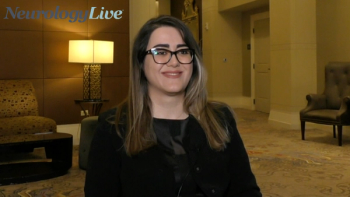
At AMTRD 2023, the graduate research assistant at Brown University talked about the prevalence of rapidly progressive dementia and cognition fluctuation in Parkinson disease as well as the effects of treatments for the condition. [WATCH TIME: 5 minutes]

Robert A. Hauser, MD, MBA, director of the Parkinson’s and Movement Disorders Center at the University of South Florida, provided insight on the therapeutic potential of IPX203, and why it adds flexibility to the treatment of Parkinson disease.
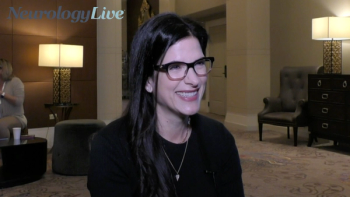
At AMTRD 2023, the movement disorder neurologist at the Parkinson’s Disease and Movement Disorder Center of Silicon Valley talked about the current care landscape for Parkinson disease and improving on-time for patients experiencing OFF periods. [WATCH TIME: 5 minutes]

In a recent survey, a group of advanced practice providers recognized the importance and considered the emotional impact of the unexpected return of symptoms on the life of a patient with Parkinson disease.
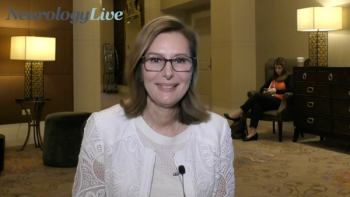
The nurse practitioner at the University of Southern California Keck Medical School provided insight on steps before deep brain stimulation and how they can impact outcomes for patients with Parkinson disease. [WATCH TIME: 4 minutes]

Pooled results of a post hoc analysis from phase 3 studies of amantadine (Gocovri; Supernus) suggest that the therapy offers increased good ON time, and in intervals that are more predictable for patients, compared with placebo.
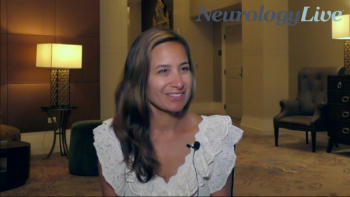
The assistant professor of neurology and director of the Movement Disorders Outreach Program at Mount Sinai Medical Center shed some light on the use of DBS in the clinic and how it has evolved as a therapeutic option for patients with Parkinson disease. [WATCH TIME: 2 minutes]
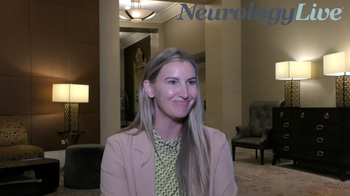
The executive director of the newly launched Association of Movement Disorder Advanced Practice Providers provided an overview of the organization and what it can offer to APPs. [WATCH TIME: 4 minutes]
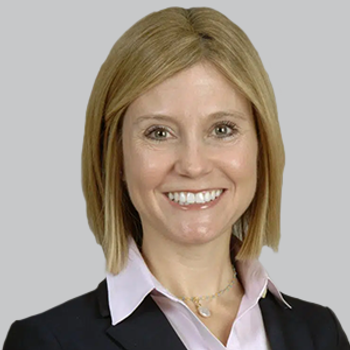
Data from the phase 3 KINECT-HD study of valbenazine (Neurocrine Biosciences) provided a keen understanding of the threshold for clinically meaningful improvement in TMC scores. The VMAT2 inhibitor showed promising gains for patients.
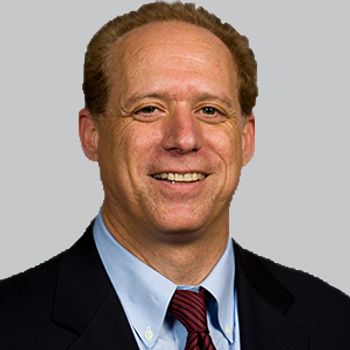
The panel of movement disorder specialists and dermatologists offered a framework of suggestions for the supervision of the most common infusion-site reaction associated with these therapies.